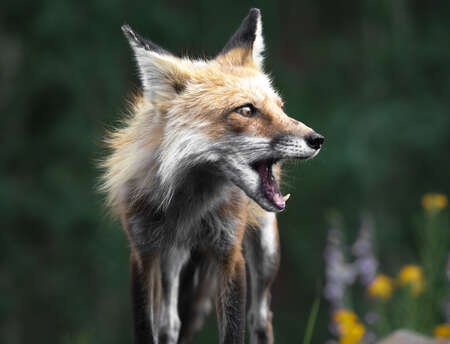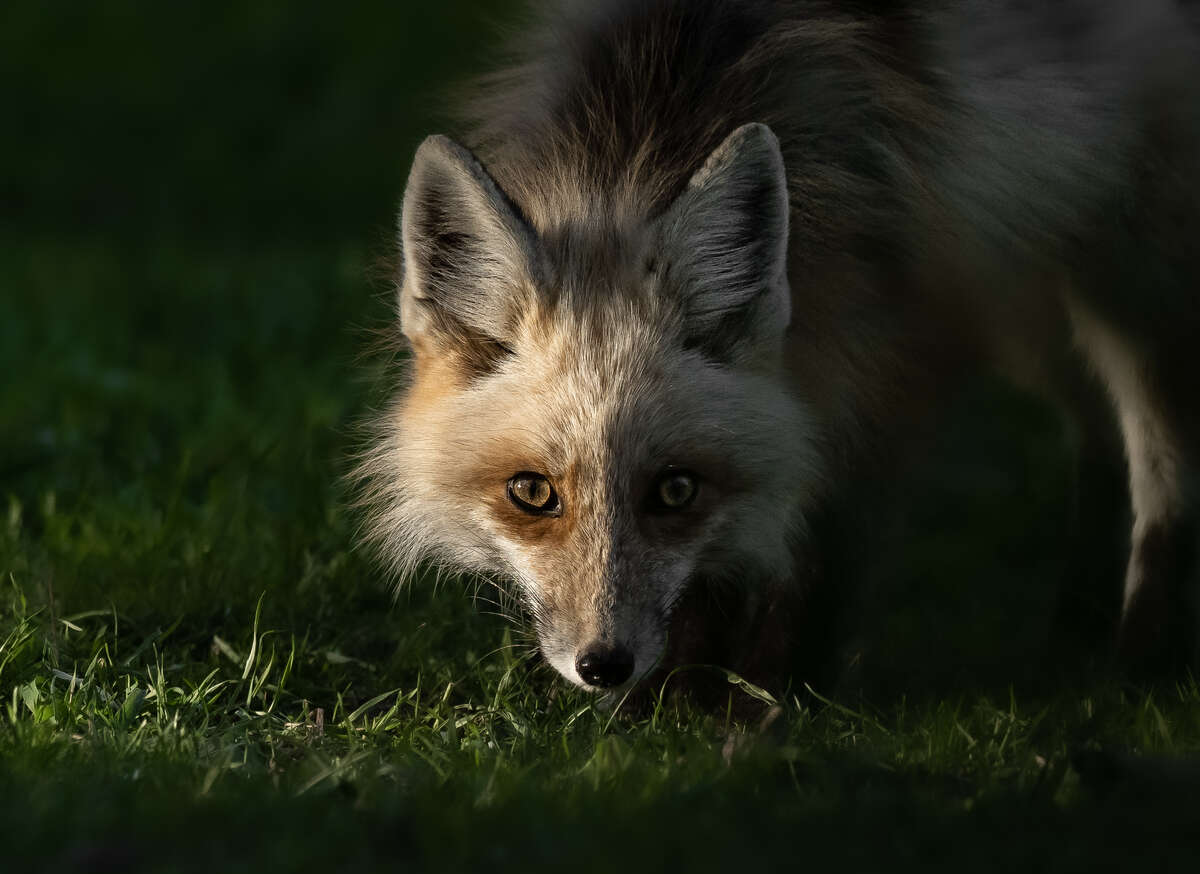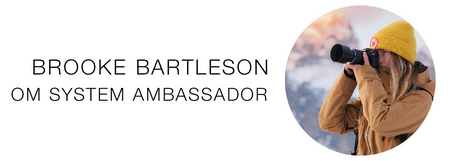Spring is here. The average temperatures are trending warmer, the sun is setting later, and the birds are singing different songs. Green will start bleeding back into the landscape soon, providing beautifully vibrant backdrops and the longer daylight hours mean more time to take photos.
With spring, comes one my favorite times of the wildlife photography year. Baby season. Baby foxes emerge from their dens on wobbly legs and comically clumsy paws around mid to late April. Their energy and curiosity make them some of the most dynamic subjects around. Baby deer stumble through meadows and lawns under the watchful eyes of their mothers from April through July, their spotted coats stirring up sweet and nostalgic memories of Bambi and children’s books. Baby birds start chirping from above at anyone who will listen, and the flurry of activity around the nests from their busy parents make for motionful pictures of unique moments in the life cycles of wild birds.
All of this makes Spring one of the best seasons to get out and photograph wildlife, but can also leave you asking the most common question in this specific genre - “how do you even find wildlife to begin with?” There’s no doubt that this is the biggest barrier to entry when it comes to wildlife photography. It’s not uncommon, especially at the beginning, to invest hours and days searching for subjects and repeatedly coming up empty handed. Luckily, with the help of a few apps and social media features listed below, you can do your research before heading out to save some time and significantly increase your chances of finding wildlife.
App: Nextdoor
The Nextdoor App markets themselves as an app for neighborhoods where you can get local tips, buy and sell items, and more. Something I learned after using this app for a couple months is that wildlife sightings frequently make up the majority of the “and more” part of that description. People love to alert their neighbors to the presence of animals under the pretext of safety or landscaping tips, it's not uncommon to see posts saying things like “had a family of deer eat all my flower beds, anyone else on Mills Street having this problem this spring?” or “saw a fox crossing the road by the intersection of 11th and Maple last night at 10pm, be aware and bring your cats inside at night.” These little tips intended for neighbors have led me to some of my best, most consistent urban wildlife populations.
App: eBird
eBird is a birder's best friend. This online database provides crowdsourced information on where different bird species can be found. Users can mark the time and date of where they saw different birds, and use the interactive map to search for hotspots near you. The eBird community is estimated to grow by almost 20% year over year, so this app just continues to get more and more useful as its user participation grows. If you’re looking for a more common subject like eagles and robins, you can find very precise location information. eBird makes a great commitment to protecting endangered species and birds that are particularly sensitive to pressure from human presence, so they do limit the specifics about locations for these species. Still, even just the general knowledge that there may be the kind of bird you are looking for in a particular area is a great help when dialing in where to search.
Social Media: Instagram Geotags
Instagram Geotags are one of the most productive ways to research what wildlife may be present in areas you’d like to explore. I will search the Geotag of a hiking trail or nature preserve, and scroll through recent posts to see if anyone has shared any photos of animals in that area. This can be extremely helpful when you’re traveling and have no idea where to begin your wildlife search.
However, while I frequently use Geotags to find wild subjects, I refrain from ever Geotagging the specific locations of where my own photos were taken. With great knowledge comes great responsibility, and with my knowledge of how easy it is to turn a secret location into a famous one through the virality of social media, I feel responsible for protecting my subjects by never revealing their locations when posting their photos online.
Social Media: Town/Neighborhood Facebook Groups
Similar to the Nextdoor app, most towns and even some neighborhoods will have Facebook pages dedicated to keeping locals informed about the goings on of their hometown. If I have a certain travel destination in mind but am unsure as to whether or not it's in an area where wildlife is abundant, this is one of the first places I’ll look. Towns will often post about wildlife related infrastructure projects like wildlife over/underpasses. They also love to share photos and videos from residents that highlight the unique beauty of their area, and wildlife content is perfect for that. These are also great places to post a few photos and a bit of background on yourself and ask residents to send you messages if they’ve spotted any wildlife in their neighborhoods recently.
Instagram: @brookelittlebear
Brooke is a wildlife photographer based out of Salt Lake City, Utah. She has always been a lover of animals, and when she first began shooting she was naturally hooked on photographing wildlife right from the start. Her ultimate goal is to photograph all the core species of megafauna found in North America. When Brooke is not actively photographing, tracking, or scouting for wildlife, you can find her snowboarding.


